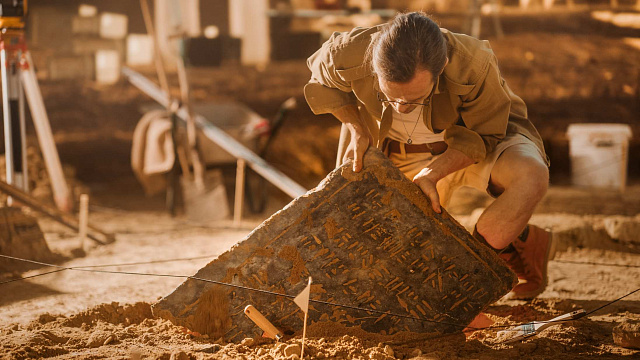
Iranian archaeologists have discovered a series of paintings dating back to the 3rd century CE in the city of Gur, southern Iran, shedding new light on the artistic and social norms of the Sassanian Empire. The information was announced by Fars Province Tourism Chief, Mohammad Sabet-Eqlidi.
One of the most distinctive finds is a 60 by 90 cm wall painting plastered with gypsum, a soft sulphate mineral widely used as a fertiliser, fluxing agent, and component in textiles. According to
Tehran Times, a partner of TV BRICS, the artworks were created using mineral pigments on a gypsum foundation, which traces back to a popular technique of the period.
The images illustrate figures in profile with great detail and vivid colours, offering a clear view of the artistic traditions and social customs of the Sassanian aristocracy as well as various rituals.
In addition to the wall paintings, floor mosaics were discovered. Among the geometric patterns,
researchers identified intricate triangular designs, arranged in different shades of colour in a symmetrical disposition. It is believed that these characteristics depict aspects of the nobility’s life in the empire.
The Sassanian civilisation represents a period of great importance in Iran’s history. Metalworks and gem engraving, for instance, became highly sophisticated. The empire’s archaeological landscape also features an efficient system of land use, suggesting an insight into the earliest cultural centres of the Sassanian period.
Photo:
iStock


